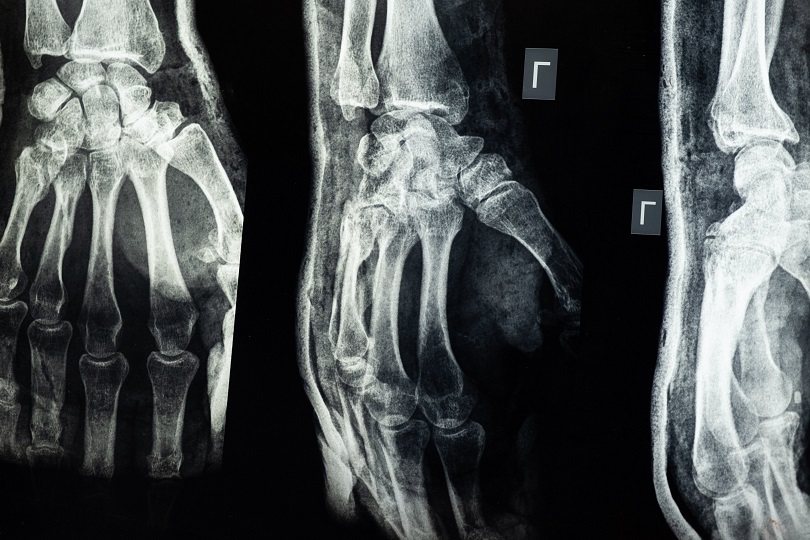In the dynamic and demanding of our days industries, where precision and safety are paramount, hands play a crucial role reason for which hands injuries are among leading factors of work related accidents. Yet, our hands are the most exposed and the most vulnerable body parts to injuries. Today in this article we will analyze the common causes of hand injuries, delves into preventive measures, and addresses why the offshore industry witnesses a higher rate of hand injuries.
Understanding Hands Injuries
Hands are intricate, with an intricate network of bones, joints, tendons, and nerves, making them susceptible to various types of injuries. Below are listed the common causes of hands injuries in industry:
Mechanical Injuries:
Especially and most frequent where the working environment involves heavy machinery, tools, and equipment, which can lead to crush injuries, cuts, and abrasions.
Chemical Exposure:
Handling chemicals is routine in onshore and offshore operations, and contact with corrosive substances can result in chemical burns and irritation and consequently to hands injuries if the requirements of the safety data sheets are not followed accordingly.
Repetitive Strain Injuries (RSI):
Performing repetitive tasks, such as grasping tools or operating machinery, can lead to RSIs like carpal tunnel syndrome, being part of hands injuries.
Falls and Impact:
Working at heights or in confined spaces increases the risk of falls, impacting hands against surfaces and causing fractures or sprains.

Preventing Hands Injuries
Personal Protective Equipment (PPE):
Properly fitting gloves designed for specific tasks can significantly reduce the risk of hand injuries. Chemical-resistant gloves, impact-resistant gloves, and cut-resistant gloves should be readily available and used according to the task at hand. Rigger gloves, impact resistant, are mandatory in the offshore industry during the lifting operations.
Training and Awareness:
Comprehensive training programs should emphasize the importance of hand safety. Workers should be aware of potential hazards, proper tool handling techniques, and the correct use of safety equipment. Use of the push/ pull sticks and tag lines during the lifting operations should be always considered regardless the industry we work for.

Regular Breaks and Rotation of Tasks:
Implementing a schedule that allows for breaks and task rotation helps mitigate the impact of repetitive strain injuries. This promotes overall well-being and reduces the strain on hands from prolonged, repetitive movements.
Ergonomic Design:
Designing workspaces and tools with ergonomics in mind minimizes unnecessary stress on hands. This includes comfortable grips, adjustable handles, and tools designed to reduce vibration.
Chemical Safety Measures:
Proper storage, handling, and disposal of chemicals are critical. Workers must be equipped with suitable protective gear, and thorough training should be provided on the safe use of chemicals to prevent chemical-related hand injuries.
Fall Prevention:
Implementing fall protection measures, such as guardrails, safety nets, and personal fall arrest systems, can significantly reduce the risk of falls and subsequent hand injuries.
Offshore Industry Challenges
Apart of the onshore industries, the the offshore side faces few unique challenges that contribute to the higher rate of hand injuries and which must be always considered during the risk assessment of the tasks:
Harsh Environment:
Offshore environments are often harsh, with unpredictable weather conditions and exposure to saltwater. These factors can impact the efficacy of safety equipment and increase the risk of accidents. Vessel rolling is an important factor which must be carefully assessed prior starting any activity.
Remote Locations:
Offshore platforms are situated in remote locations, making immediate medical attention challenging. Prompt response and evacuation plans are crucial for minimizing the impact of hand injuries. In case of injuries, MEDVAC is hard to be done especially if the weather condition is not favorable.
Complex Operations:
The nature of offshore operations involves intricate tasks, requiring precision and focus. The complexity of the tasks increases the likelihood of accidents including hands injuries, if proper precautions and training are not in place. Proper communication must be always established from the beginning and all involved to confirm that all are cleared and well understood.
Hands injuries remain a significant concern in the offshore and onshore industry, but with a proactive approach to safety, many incidents can be prevented. Employers should invest in comprehensive training, enforce the use of PPE, and continually assess and improve safety measures. By prioritizing hand safety, the offshore industry can ensure the well-being of its workforce and enhance overall operational efficiency.
See as well a good toolbox talk topic related to hands injuries – Pinch Points.
